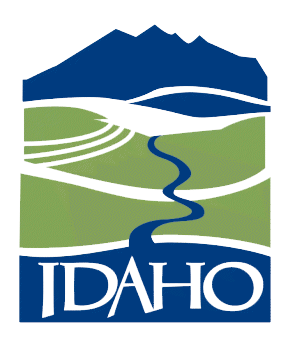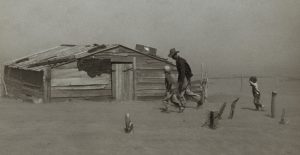During the Dust Bowl era soil erosion caused severe dust storms in many parts of the United States. A 1934, an Idaho soil erosion survey revealed that more than 27 million acres of land (roughly half the state), had serious soil erosion problems. As a result, the U.S. Soil Conservation Service (later named the Natural Resources Conservation Service) was formed in the mid-1930s by Congress. The Idaho Soil Conservation Commission was established in March of 1939.
The Commission was originally to help form and coordinate soil conservation districts at the county level. As districts formed here, NRCS and the Conservation Commission began to promote new practices in production agriculture that protected the land. Farmers and ranchers were elected as District Supervisors, adding experienced local leadership to the federal/state partnership. This continues today. Over time, we moved beyond soil erosion to addressing water quality and quantity, plants, animals, and air issues too.
The Commission was part of the Idaho Department of Lands until 1997 when the Legislature moved the Commission’s enabling statute under the Idaho State Department of Agriculture (ISDA). In 2010 the Legislature renamed us the “Soil & Water Conservation Commission”, and granted the Commission autonomy (while leaving us under the statutory enabling statute of the Idaho State Department of Agriculture since the number of state departments is limited in the Constitution).
Read more about Idaho’s conservation history here: Serving People and the Land, Part I and Serving People and the Land, Part II, a History of Idaho’s Soil Conservation Movement.


